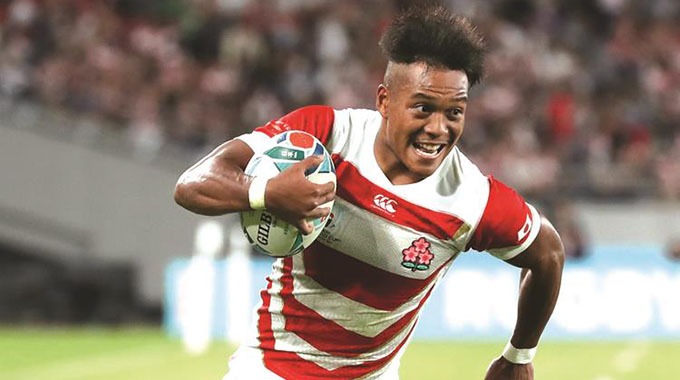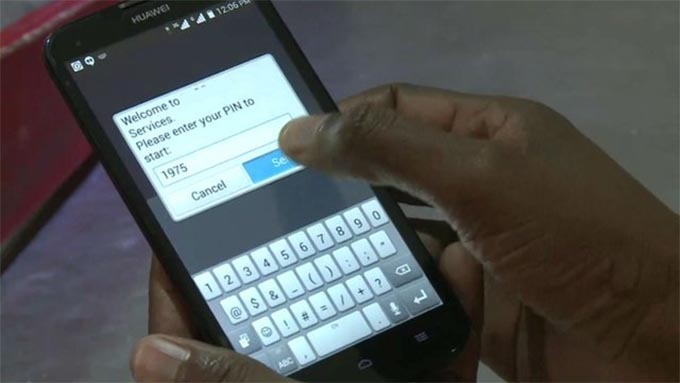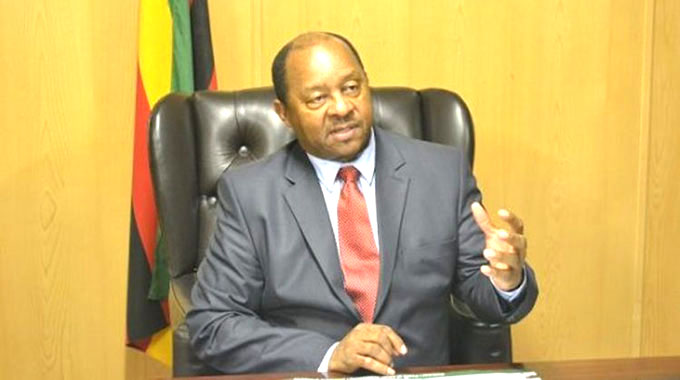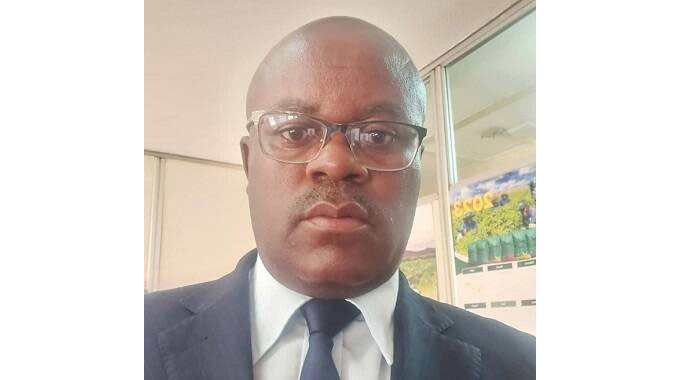A Ferrari, poster boy, superman, flying winger, World Cup gem with a Zim flair

Robson Sharuko Senior Sports Editor
WHEN Naomi Osaka shocked Serena Williams to win an ill-tempered US Open tennis final in September last year, she gave Japan a new sports darling.
Her triumph came in an era of changing times in the Asian nation.
A few months later, Osaka won the Australian Open, becoming the first Asian tennis star — man or woman — to be ranked world number one in the sport.
Osaka, who turns 22 on October 16, represents the changing face of Japanese sports stars — born to a Japanese mother, Tamaki Osaka, and a Haitian father, Leonard Francois.
Washington Wizards forward, Rui Hachimura, the son of a Japanese mother, Makiko and a father from Benin, Zakari Jabil, became the first Japanese player to make the NBA draft.
Four years ago, the Japan Times, noted the changing landscape.
“This summer, a pair of young biracial Japanese athletes drew widespread attention, an indication that the nation’s sports scene has entered a new era,’’ the newspaper noted on October 4, 2015.
“Sprinter Abdul Hakim Sani Brown, a 16-year-old born to a Japanese mother and Ghanaian father, triumphed in the 100 and 200 metres at July’s IAAF World Junior Championship in Cali, Colombia.
“Simply, the number of international marriages between Japanese and foreign nationals have increased, and that’s one of the biggest reasons for the rise of the biracial athletes.
“In 1965, a total of 4 156 marriages in Japan were between Japanese and non-Japanese, according to Ministry of Health, Labour and Welfare figures.
“But half a century later, the number has risen fivefold; there were a total of 21 488 marriages of which a groom or bride was non-Japanese in 2013 (2007 was the all-time high with 40 272 couples).’’
The latest such Japanese sports star is baby-faced winger, Kotaro Munyaradzi Matsushima, the 26-year-old speedster nicknamed “Ferrari”, who has been illuminating the 2019 Rugby World Cup.
His mother, Taeko Matsushima, is Japanese while his father, the late journalist Roderick Blackman Ngoro, who was found dead in February 2010 in his room at Wits University, where he was studying a PhD in media studies, was Zimbabwean.
Kotaro was born in Pretoria, acquired Japanese citizenship at the age of five, and started playing rugby at Graeme College in Grahamstown in 2006.
He was even drafted into the Sharks Academy in Durban, whose former students include Tendai “Beast’’ Mtawarira, who plays for the Springboks.
Kotaro even came close to being included in the Baby Boks squad for the 2013 Under-20 Rugby World Cup, but could not make the final team.
He moved back to Yokohoma, Japan, and featured in the 2015 Rugby World Cup for the Asian nation.
Ironically, he was not the winger many expected to be first choice for the Brave Blossoms, but an injury to Kenki Fukuoka, in a warm-up loss to the Springboks, opened a world of opportunities for Kotaro.
A hat-trick of tries in the opening match against Russia, making him the first Asian player to achieve such a feat in a Rugby World Cup match, in a man-of-the-match show, transformed him into a national hero.
“Every World Cup needs a poster boy (or poster girl!) and Kotaro Matsushima might just be that man in 2019,’’ wrote Maggie Alphonsi, of The Telegraph newspaper of the United Kingdom.
“To qualify for that role you need a few key qualities.
“The first is that in all likelihood you need to be a back-try-scoring and celebration shots certainly help a poster-boy, although as a forward myself I know that those of us in the pack were the ones who really decided whether a game was won or lost.
“The second is that you need a flash of genius or unpredictability in your play, whether it be electric pace, a wondrous sidestep or the vision of a clairvoyant.
“And the third is that it really helps if you’re playing for the host nation. Matsushima ticks all those boxes.’’
On Sunday, with a nation still grieving from the devastating effects of Typhoon Hagibis, which left a trail of death and destruction in its wake, Kotaro scored another try against Scotland as Japan won and became the first Asian nation to reach the quarter-finals of the Rugby World Cup.
The Guardian newspaper of Britain said Kotaro and some of his teammates were challenging old ideas of what it means to be Japanese.
And, Stephen Wade, of the Associated Press, concurred in his report that Japan’s rugby team was showing the changing face of the Asian nation.
“Like tennis star Naomi Osaka, Japan’s rugby team offers a diverse and slightly different look for an insular, but changing country,’’ wrote Wade.
“Of the 23 players who earned Japan’s historic first appearance in the Rugby World Cup quarter-finals on Sunday, only 11 were born to Japanese parents.
“The rest were a mix of nationalities with various ties to Japan, who held out Scotland 28-21 in a thrilling match before a partisan crowd of 68 000 at Yokohama Stadium.
“Fans held up signs that read ‘We Are One Team’ to celebrate the milestone victory, and the rest of Japan is becoming convinced.
“Several players are eligible for Japan because of rugby’s three-year residency rule, captain Michael Leitch was born in New Zealand with Fijian heritage, but came to Japan to study when he was 15 and speaks Japanese better than English.
“Winger Kotaro Matsushima was born in South Africa to a Japanese mother and a Zimbabwean father.
“And Jamie Joseph — a former New Zealand forward — switched to play for Japan in 1999 and now coaches the Brave Blossoms.’’
You can always bet, in such scenarios, there will be a Zimbabwean factor.










Comments